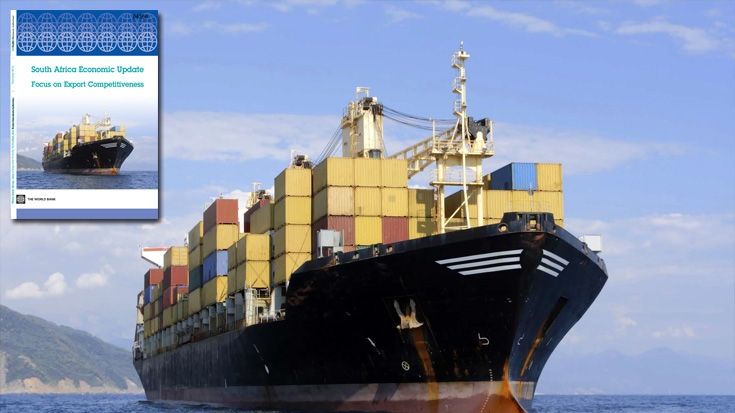The report compares South Africa’s exports to their emerging market peers and shows that South African exports are falling short of their potential. It explores the contributing factors to the sluggish performance. They include a reliance on a few mega-export firms that dominate the sector and who are losing dynamism as well as a focus on capital intensive exports, which contribute less to job creation.
Since 2005, South Africa’s total exports have grown in real terms by only 0.6% a year at a time when its BRIC counterparts – Brazil, Russia, India and China – were making immense gains into global markets. Growth in South Africa’s exports of non-minerals and services also fell behind BRIC partners, while the volumes of minerals exported remained virtually flat.
The report shows that the bulk of South African exports are concentrated in few mega firms who ship products to countries around the world, with approximately 1000 companies generating 93% of all of the country’s exports. The rest of South Africa’s 20,000 exporting firms export small amounts. In addition, these mega companies are losing momentum as they are creating fewer new products and not expanding into new markets.
South Africa export goods are also mainly highly sophisticated, capital intensive goods that are produced by highly skilled workers. While this offers opportunities for upgrading and moving up the value ladder, trading in these products means that the dominant export companies are underutilizing South Africa’s large pool of low-skilled labor, thus failing to create enough jobs to make the export sector a major contributor to employment growth and poverty reduction.
The report points to the recent emergence of Sub-Saharan Africa as the main destination for South Africa’s non-mineral exports, overtaking Europe as the main trading partner. However, the African market is still too small to drive overall export growth. The European market is still 30 times larger than Africa’s.
The report presents three opportunities to help promote competitiveness and spur export growth. First, it argues that boosting competition would increase efficiency and productivity.



